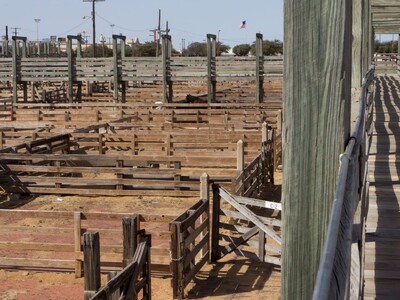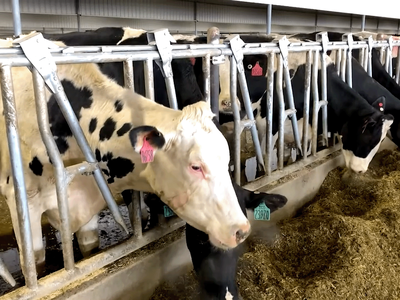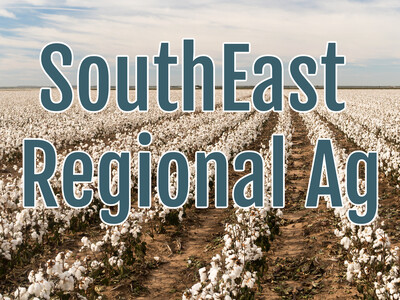Counting Salmon from the air
River and Sky: A fish biologist’s perspective of counting salmon from the airOn a chilly morning, I’m awake and alert as I can be. I’m strapped into a helicopter seat, flight helmet on, doors off, safety checks done, GPS in one hand, radio in the other and a data sheet secured to my thigh. The excitement grows as the rotor blades pick up momentum and start humming loudly. We lift off from the ground and begin our trip into the backcountry. As I look over the wilderness mountains, my heart is pounding, I feel like a fish out of water and think, “How did I end up here? I’m a fish biologist!”
As fisheries biologists, we are used to walking along a streambed looking down to see what fish we can find. However, every September in the Middle Fork of the Salmon River tributaries, we shake things up a bit and take on an entirely different perspective of fisheries: flying.
For over 70 years, biologists have been counting Chinook salmon nests, called redds, in the Middle Fork of the Salmon River to estimate how many Chinook salmon are returning from the ocean to these tributaries to spawn. Spring-summer Chinook, which refers to their adult upstream migration timing, are listed as threatened under the federal Endangered Species Act.
As with other regional salmon species, these fish have very important ecological, cultural and economic roles in Idaho, so Fish and Game biologists put a great amount of effort into monitoring their populations to better protect and manage them. A key part of management is continually assessing reproduction and population abundance to track trends over time, and that is where redd counts come into play.















